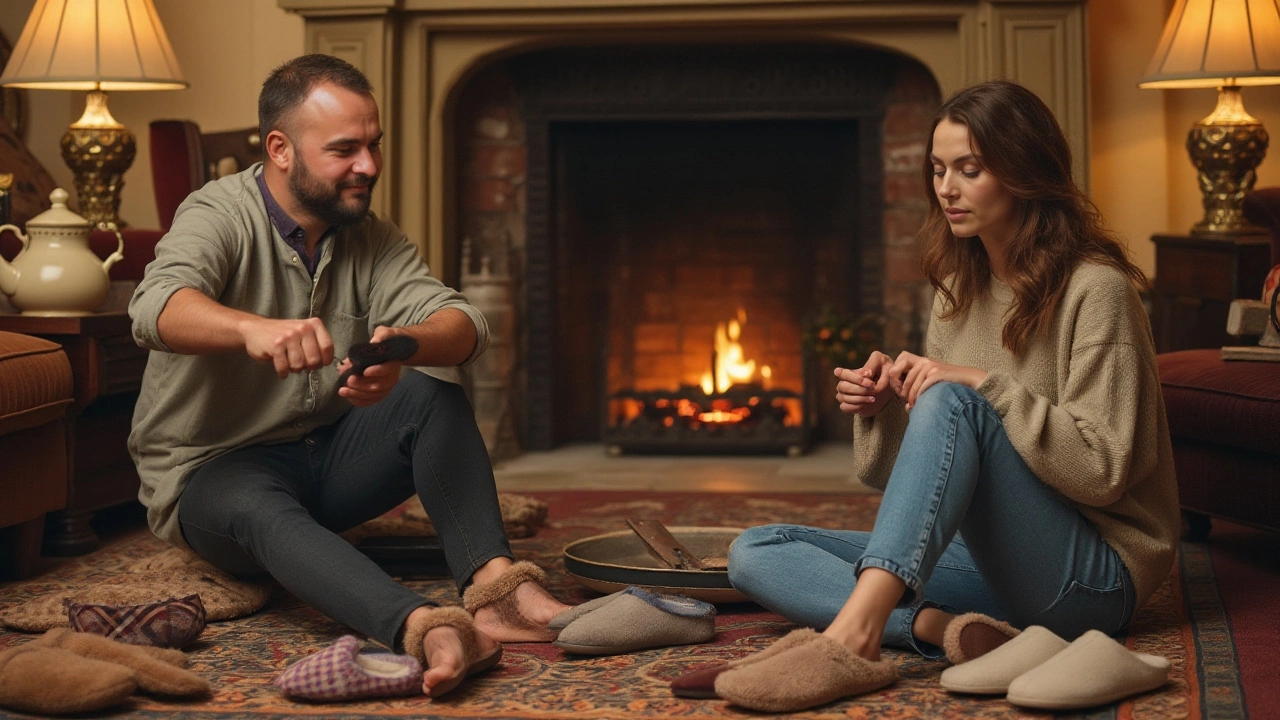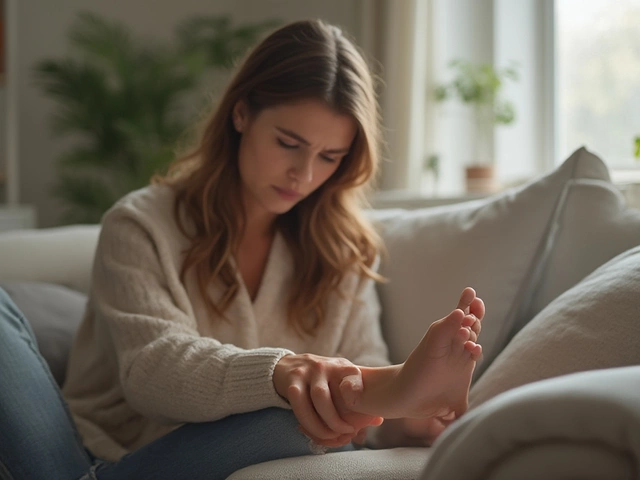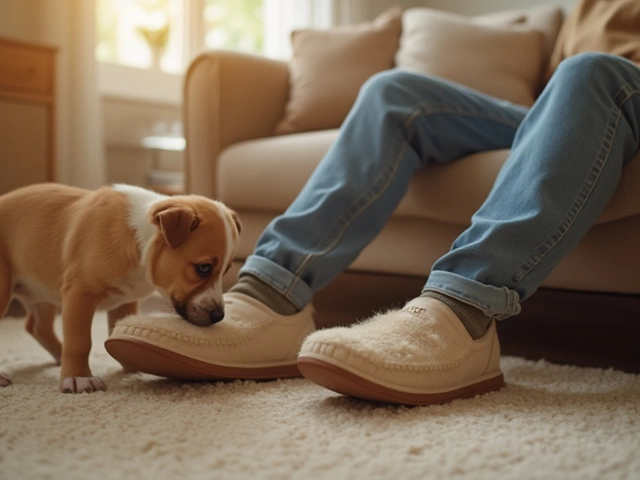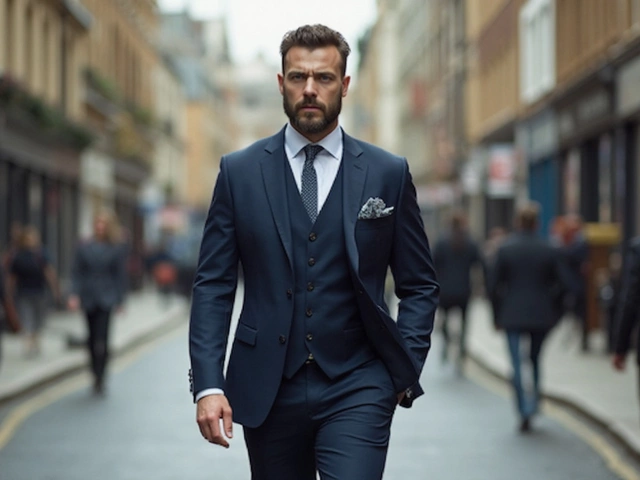Shopping Tips You Can Use Right Now
Ever walked out of a store wondering if you made the right choice? You’re not alone. Below are easy, no‑nonsense tips that help you pick shoes, clothes, and accessories that actually work for you – without wasting cash.
Choosing the Right Fit
The first thing to check is fit. For shoes, make sure there’s a thumb‑width of space between your longest toe and the front of the shoe. Walk a few steps; if your heel lifts or your toes cramp, walk away. The same rule works for pants – you should be able to slip a finger between the waistband and your skin. When trying on jackets, lift your arms; the sleeves should end right at your wrist and not feel tight around the shoulders.
Don’t rely on the label size alone. Brands vary, so try the item on and move around in it. If you’re buying online, read the brand’s specific sizing chart and measure your own body parts before you click ‘add to cart.’ A quick photo of the inside seams or the shoe’s insole can also give clues about true dimensions.
Saving Money & Spotting Quality
Quality often shows up in the details. Look for even stitching, sturdy seams, and reinforced stress points on shoes and bags. Natural fabrics like cotton, linen, or leather usually last longer than cheap synthetics. For denim, a small amount of stretch is fine, but excessive stretch means the fibers will lose shape quickly.
Set a budget before you shop, then stick to it. If something feels pricey, ask yourself if it’s a one‑off piece you’ll wear often or a trend that will fade. Sometimes a well‑made basics (a plain tee, a classic pair of loafers) saves more in the long run than a flashy, low‑quality item.
Take advantage of sales, but only if the item meets your fit and quality checklist. End‑of‑season clearance is perfect for layering pieces; you can buy a winter coat in summer at a fraction of the price and store it for next year.
Maintain what you buy. Clean shoes with a soft brush, condition leather regularly, and wash clothes inside out on gentle cycles. A little care keeps items looking fresh and delays the need for replacements.
Lastly, trust your instincts. If a store pushes you to buy quickly or you feel uneasy about the price, step back. Shopping should feel good, not stressful. Use these tips next time you browse, and you’ll walk out with items that fit, feel right, and last longer.

Are Slipper Sizes the Same as Shoe Sizes? Discover the Differences
Choosing the right size for slippers can be trickier than it seems, as many factors influence sizing, differing often from regular shoe sizes. Understanding these differences ensures comfort and proper fit, whether buying for oneself or as a gift. This article explores the nuances between slipper and shoe sizes, provides tips for finding the best fit, and highlights unique considerations such as material and style. Learn about the implications of slipper design on sizing, and discover practical advice to make your next slipper purchase a perfect fit.




